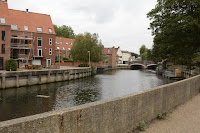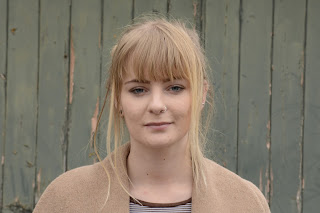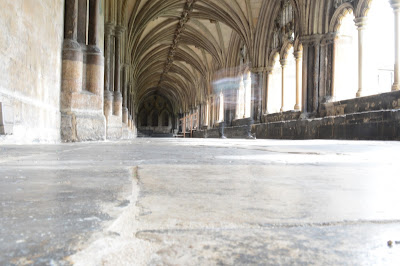Scott Grummett is a former graduate from Norwich University of the Arts back in 2010 where he then went on to assist photographers. In his lecture Grummett covered how to go about approaching photographers for assisting work. giving words of wisdom such as "ask what you can do for the photographer, even if it is just getting Tea" and "be chatty but still professional in your emails".
The Golden Rules for Assisting.
- always look busy.
- make friends, build a network and take notes
- Be early
- Make tea... ALL THE TIME
- Always be aware of whats needed
- and don't get drunk the night before a shoot.
Grummett took photos for Harry Winston Jewellery and worked for wired magazine, and told us we should always have a kit primed and ready to go because you never know when you will get called out to a shoot.
Scott Grummetts main piece of advice was that it doesn't matter if you don't have the equipment or resources, because he started just taking pictures in his bedroom.
Grummet mainly assisted food photographers, so his natural progression was into food photography, from this he has gained a regular client in Honest Burger, and has also shot for Nandos and KFC. He has shot for Esquire and directed films and tv commercials.
The last thing Scott Grummett said to us was take pictures all the time.
Thank You for Reading,
Becca x









































